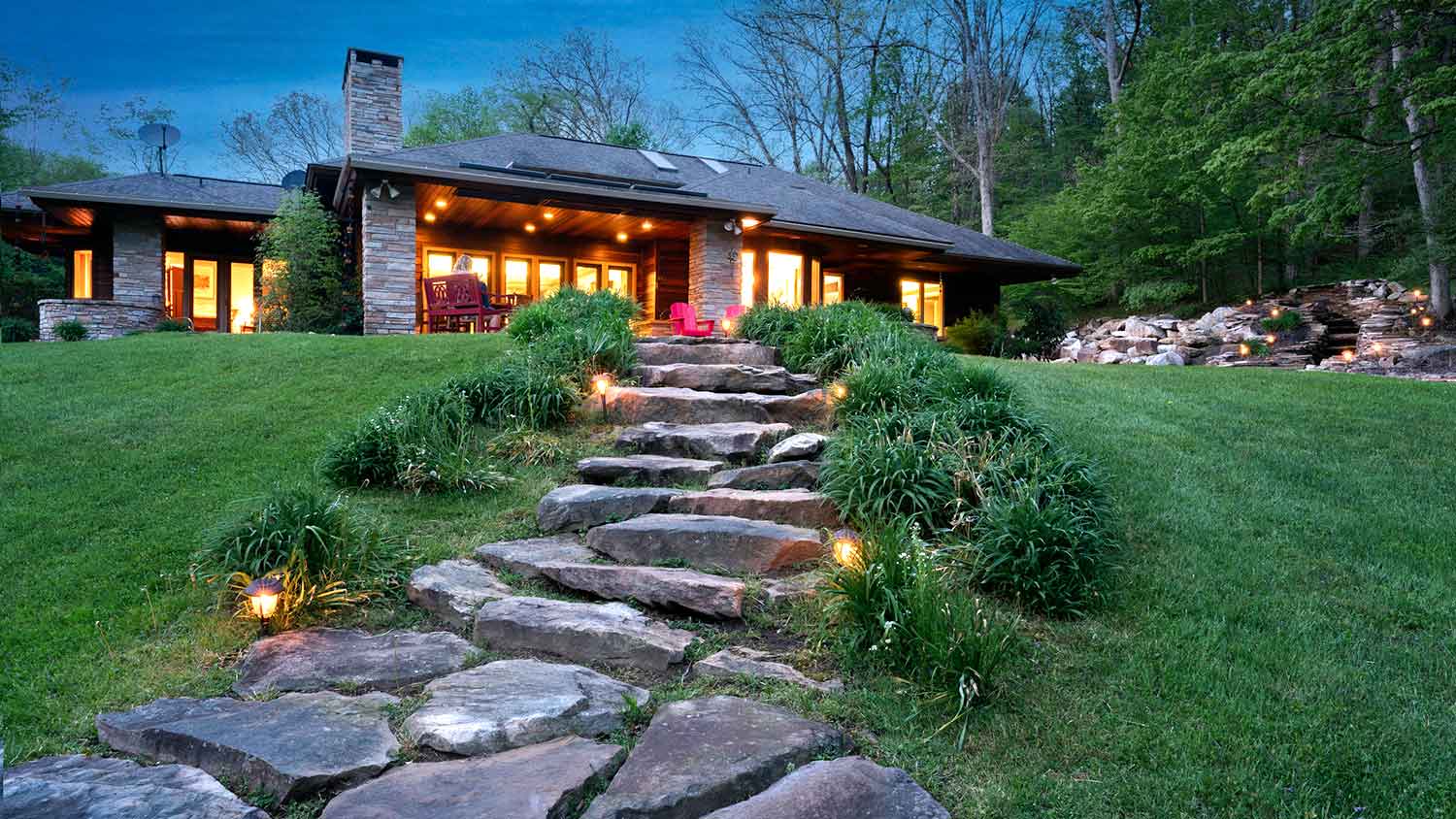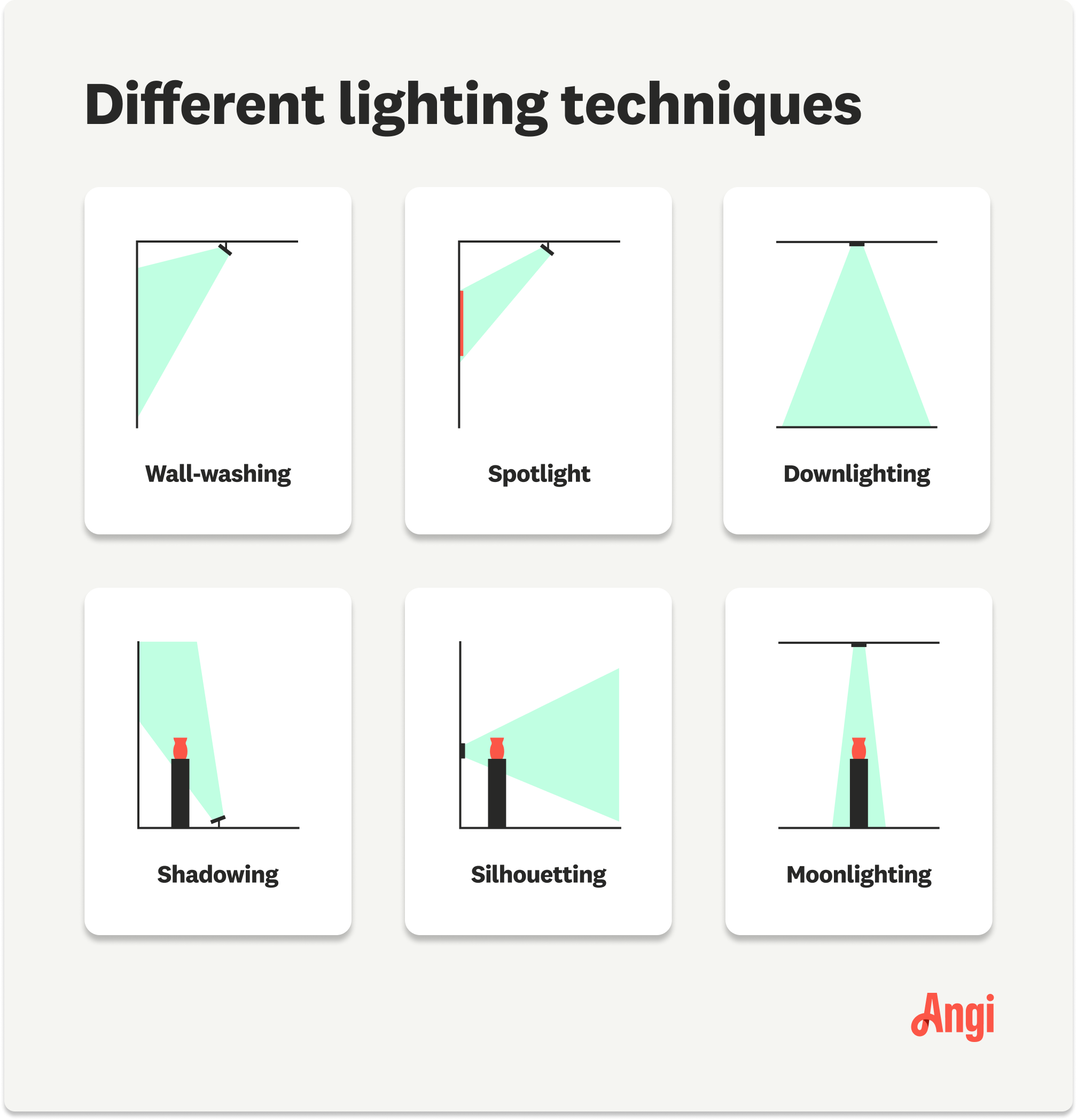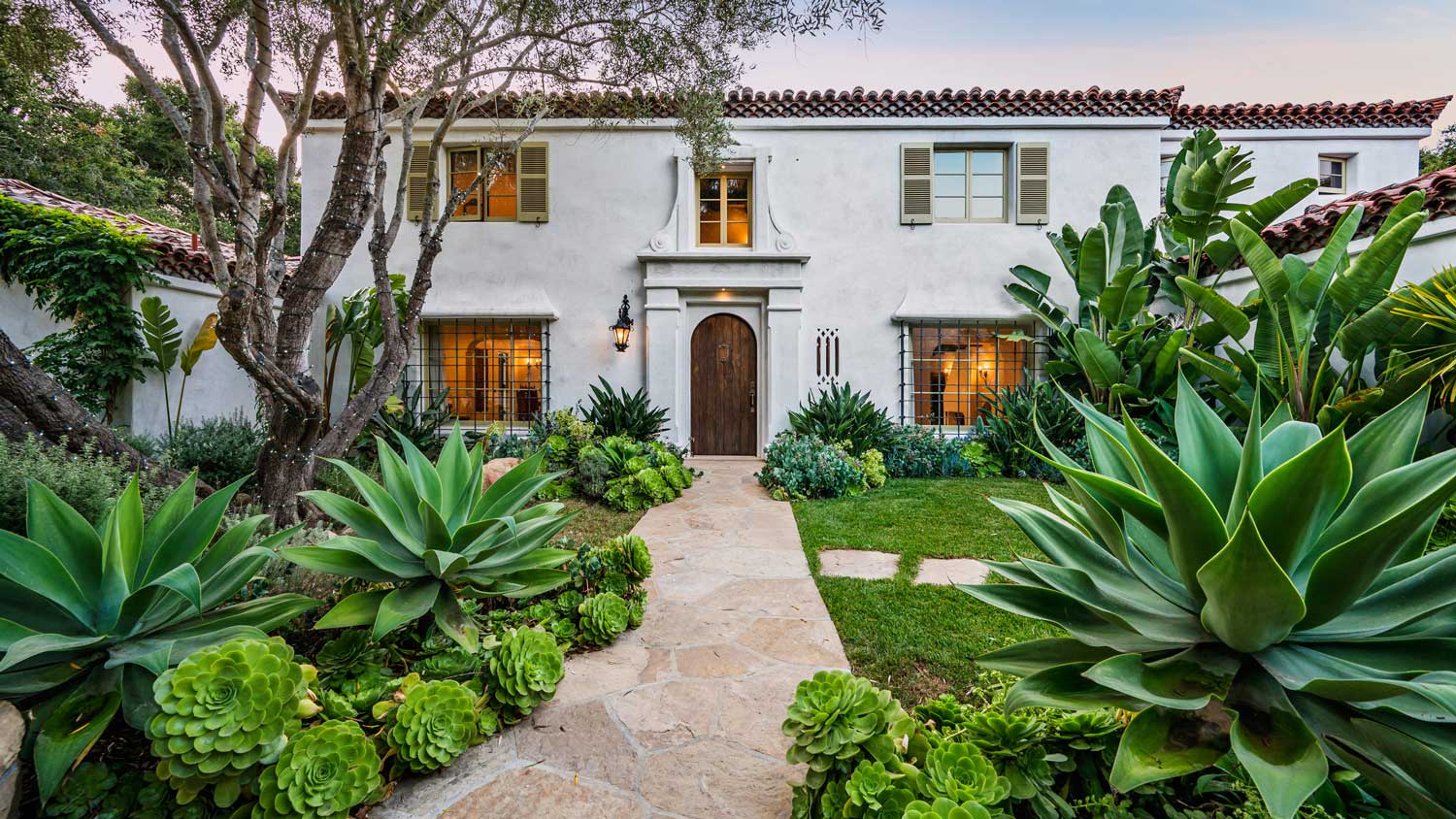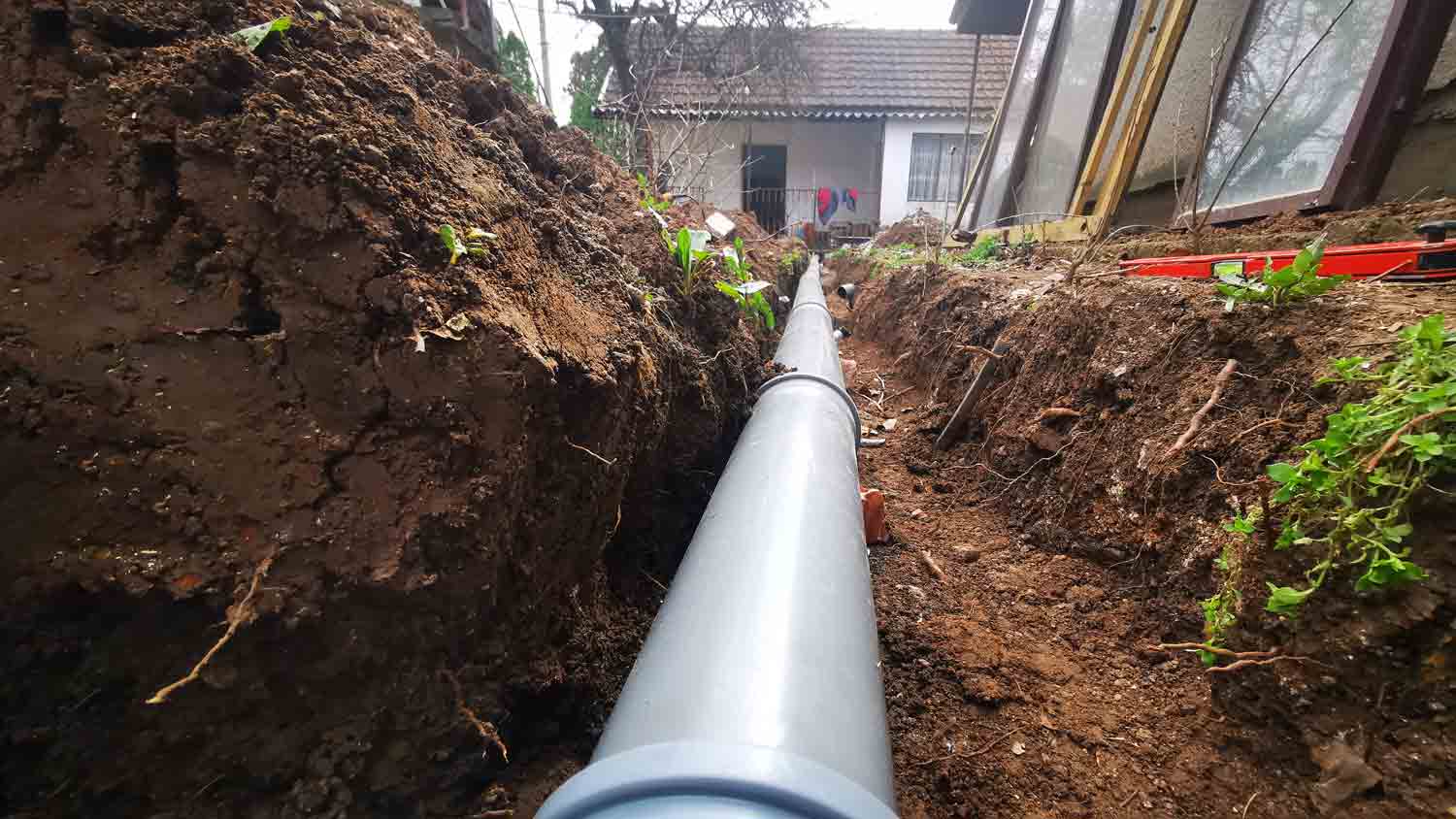How Much Sunlight Is Required for Solar Landscape Lighting?
With enough sunlight, your solar lights will shine bright all night


For a full charge, solar landscape lighting needs at least eight hours of sunlight per day.
After receiving eight hours of sunshine, solar lights can last through the night.
However, solar lights can run for part of the night with as little as four to six hours of sunlight.
Solar-powered lights work best when exposed to direct sunlight, but they can still charge on cloudy days.
Avoid placing solar lights under trees or next to buildings that could block the sun.
Powered by the sun’s energy, solar landscape lighting is an eco-friendly and cost-effective outdoor lighting option. But to run all night, these lights need a certain amount of sunlight each day. So, how much sunlight is required for solar landscape lighting? Let’s take a look.
How Much Sunlight Do Solar Landscaping Lights Need?
To work all night, a solar landscaping light should receive at least eight hours of sunlight during the day. But even if your solar lights get just four to six hours of sunshine in a day, they could still work for part of the night.
While these are the most common requirements, they can vary by product. If you have questions about installing solar lighting on your property, reach out to a landscaper near you.
How Solar-Powered Lighting Works
During the day, solar landscape lights use a solar panel to absorb sunlight, which is converted into electricity and stored in a battery. When it gets dark, the lights switch on and (ideally) run all night using the power they’ve generated during the day.
There are many types of solar lights, including:
Pathway lights
String lights
Fairy lights
Floodlights
Spotlights
Lanterns
What to Consider Before Installing Solar Landscape Lighting

Solar lighting is an eco-friendly alternative to traditional outdoor lighting, but it isn’t the right choice for everyone. Here are a few factors to consider before setting up solar-powered lights at your home.
Local Weather Conditions
Solar lights work best when they get eight hours (or more) of direct sunlight per day. While they can charge on rainy or cloudy days, they’re less efficient in these conditions. So, if you have a lot of overhanging trees or you live in an area that doesn’t get much sunshine, solar lighting might not be the best option.
Ease of Use and Convenience
Solar lights don’t need to be turned on and off or synced to a timer, which makes them easier and more convenient to use than other types of outdoor lighting. Plus, many types of solar lights are portable, so you can move them around to illuminate different parts of your yard.
Cost
In terms of cost, solar lights are more affordable to run than wired and battery-powered lights since you don’t have to buy or replace the power source. The fixtures themselves cost a bit more than battery-powered lights but less than hardwired lights.
Here’s a quick look at how much each type of landscape lighting costs:
| Power Source | Cost per Fixture |
|---|---|
| Battery-powered | $50–$150 |
| Solar-powered | $50–$200 |
| Wired | $150–$300 |
Frequently Asked Questions
One possibility is that they aren’t getting enough sunlight during the day, which could be due to a lack of sunshine in your area or trees blocking the solar panel. Alternatively, if the solar panel is dirty or the batteries are dying, your solar lights might not operate at full brightness.
If you can install the lights in a location where they’ll get eight hours of sunlight on most days, then solar lighting could be a good investment. However, they might not be worth it if it’s regularly rainy or cloudy at your house or if you have lots of overhanging trees or nearby buildings that could prevent your lights from absorbing enough sunshine.





- Landscapers
- Tree Surgeons
- Gardening Services
- Landscape Architects
- Sod Installation
- Tennis Court Contractors
- Landscape Design
- Retaining Wall Companies
- Grading Companies
- Landscape Rock & Sand Delivery
- Mulch Delivery Services
- Pond Companies
- Artificial Grass Companies
- Shrub Removal & Trimming
- Backyard Design Companies
- Commercial Landscaping
- Koi Pond Services
- Backyard Landscapers
- Trampoline Assembly
- Hedge Trimming
- Pond Services
- Garden Design
- Outdoor Plant Watering
- Putting Greens
- French Drains
- Turf Installation
- Sod Removal Services
- Lawn Repair Services
- Brush Chipping Services
- Hardscape Contractor
- Landscape Rock Removal










